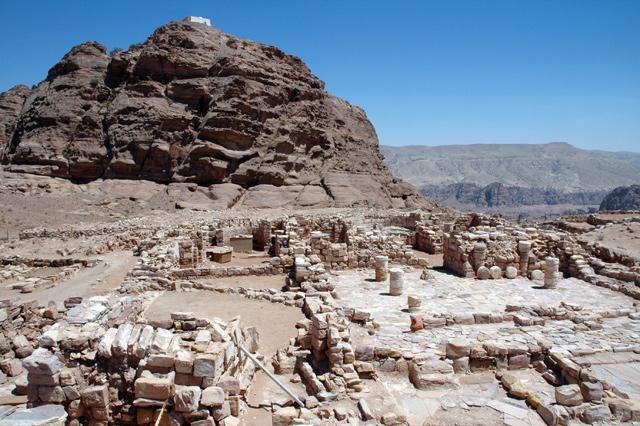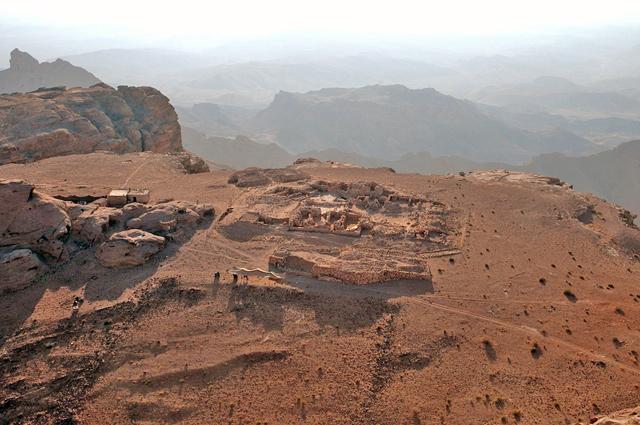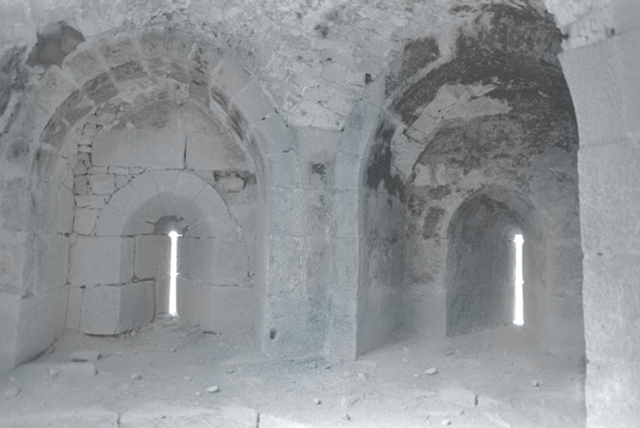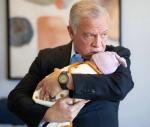You are here
Scholar peruses Petra’s past during crusades
By Saeb Rawashdeh - Sep 17,2019 - Last updated at Sep 17,2019

The church and the chapel of the monastic complex on the high plateau of Jabal Haroun, located close to the ancient city of Petra (Photo courtesy of Jaakko Frösén)
AMMAN — Scholarly interest in post-Nabataean Petra has increased during the last decades, said a Finnish archaeologist in a recent interview with The Jordan Times, adding that recent projects have gathered new information about Petra in the Crusade period.
When Crusaders came to the region in the 11th century, a monastery on Jabal Haroun, close to the ancient city of Petra, still existed, but the building was most probably partially collapsed, said Jaakko Frösén from the University of Helsinki, who spent decades studying Petra.
In 1100 the expedition led by Baldwin I arrived at the place and most probably met some monks there, the archaeologist said, adding that they were likely Greek Orthodox Christians.
Both Fulcher of Chartres, a priest serving Baldwin I in the First Crusade, and Gilbert the Abbot, who participated in the Second Crusade, wrote in their chronicles about the expedition led by Baldwin I, with only Fulcher being an eyewitness, he said.
“Our Crusade sources do not mention the Tomb of Aaron,” Frösén noted, adding that the Tomb of Aaron on Jabal Haroun was mentioned during the 13th and 14th centuries by Jewish and Muslim chroniclers.
“In 1217, when Christian pilgrim Magister Thetmar came to Petra, there were still two monks on Jabal Haroun,” Frösén concluded.
Related Articles
AMMAN — One of the first major campaigns of the First Crusade was the siege of Antioch in spring of 1098.
AMMAN — Between 1997 and 2013, the Finnish Jabal Haroun Project (FJHP) has carried out archaeological excavations at a Byzantine monastery l
AMMAN — Southern Levant was in the Egyptian orbit around 884AD and it continued to be during the Middle Islamic Period (1000AD-1500AD).


















